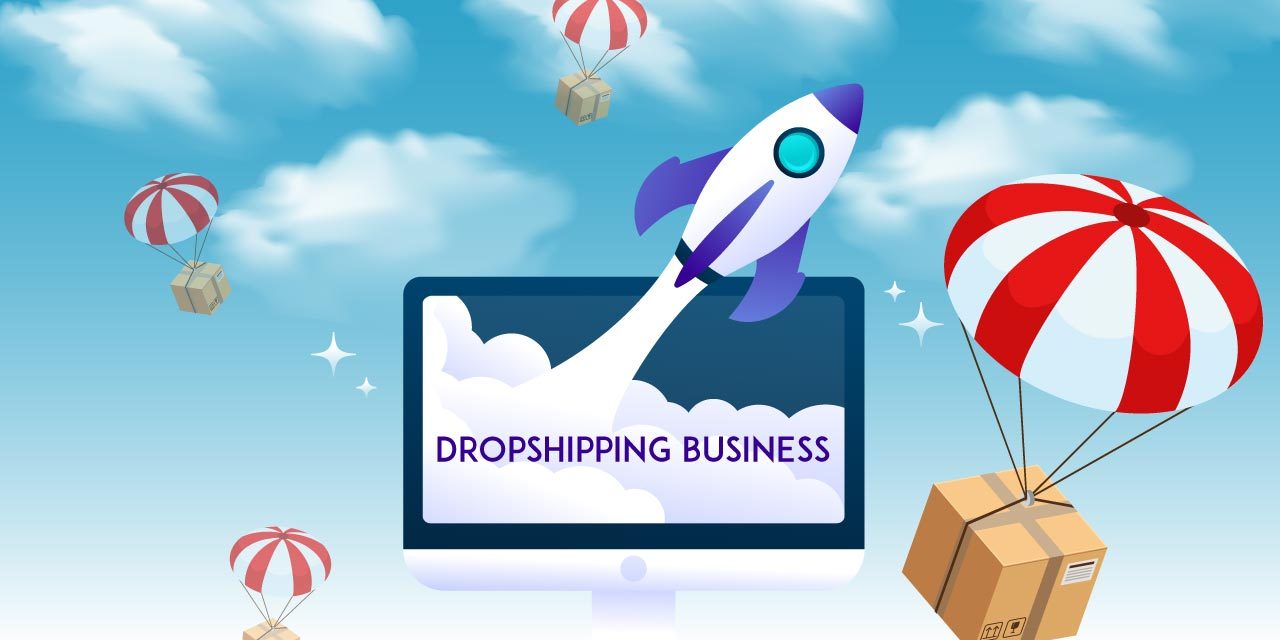
Introduction:
In the dynamic world of e-commerce Start a dropshipping business has emerged as a popular and low-risk venture for aspiring entrepreneurs. This business model allows individuals to sell products to customers without holding any inventory, eliminating the need for upfront investment in stock. This article will guide you through the essential steps to kickstart your dropshipping empire.
Understanding Dropshipping:
To embark on the dropshipping journey, it’s crucial to comprehend the fundamental concept. In a traditional retail model, businesses purchase and stock products in bulk, assuming the risk of unsold inventory. In dropshipping, however, the seller partners with suppliers who handle inventory and order fulfillment. This means you only purchase items when you make a sale, reducing financial risks and operational burdens.
Niche Selection:
Identifying a niche is the cornerstone of a successful dropshipping business. Selecting a niche involves finding a product category or industry segment with high demand and relatively low competition. Conduct thorough market research to pinpoint trends, assess consumer preferences, and identify potential gaps in the market. A well-chosen niche will set the stage for a profitable venture.
Research and Choose Reliable Suppliers:
The success of your dropshipping business relies heavily on the reliability of your suppliers. Research and partner with trustworthy suppliers who can provide quality products and timely shipping. Look for suppliers with a good track record of fulfilling orders promptly and maintaining consistent product quality. Establish clear communication channels with your suppliers to ensure a seamless partnership.
Set Up Your E-Commerce Store:
Create a professional and user-friendly e-commerce store to showcase your products. Platforms like Shopify, WooCommerce, or BigCommerce offer easy-to-use tools for building an online store without advanced technical knowledge. Customize your store to reflect your brand identity, optimize product pages with compelling descriptions and high-quality images, and ensure smooth navigation for visitors.
Implement Effective Marketing Strategies:
To attract customers to your dropshipping store, you need to implement effective marketing strategies. Utilize social media platforms, search engine optimization (SEO), and email marketing to reach your target audience. Create engaging content that highlights the benefits of your products and sets your brand apart. Leverage influencers and collaborate with them to increase your store’s visibility.
Optimize for Conversions:
A well-designed website is not just about aesthetics; it should be optimized for conversions. Streamline the checkout process, offer multiple payment options, and provide clear and concise product information. Implement trust signals, such as customer reviews and secure payment badges, to build credibility and trust with your audience. A seamless buying experience increases the likelihood of repeat customers.
Monitor and Adapt:
The e-commerce landscape is constantly evolving, and staying abreast of industry trends is essential for success. Regularly monitor your store’s performance using analytics tools. Track customer behavior, monitor sales data, and adapt your strategies accordingly. Stay open to feedback from customers and be willing to make adjustments to improve the overall shopping experience.
Customer Service Excellence:
Exceptional customer service is a key differentiator in the competitive world of dropshipping. Respond promptly to customer inquiries, address concerns, and provide reliable information. Building a positive relationship with your customers can lead to repeat business and positive word-of-mouth marketing, enhancing the long-term success of your dropshipping venture.
Scaling Your Dropshipping Business:
As your dropshipping business gains traction, scaling becomes a natural next step. Invest time and resources into optimizing your website for scalability, ensuring it can handle increased traffic and larger order volumes. Explore additional marketing channels, such as paid advertising and influencer partnerships, to expand your reach. Consider diversifying your product range within your chosen niche to attract a broader audience.
Building a Brand:
Differentiate your dropshipping store by building a strong brand identity. Develop a compelling brand story and incorporate it into your marketing efforts. Invest in a memorable logo, consistent visual elements, and a unique selling proposition that sets your business apart. A strong brand not only attracts customers but also fosters trust and loyalty, contributing to the long-term success of your venture.
Implementing Dynamic Pricing Strategies:
Stay competitive in the market by implementing dynamic pricing strategies. Monitor product prices regularly and adjust them based on market trends, competitor pricing, and demand fluctuations. Consider offering discounts, bundling products, or implementing a loyalty program to encourage repeat purchases. Dynamic pricing keeps your offerings relevant and appealing to your target audience.
Managing Inventory and Order Fulfillment:
Efficient inventory management is crucial for a successful dropshipping business. Regularly update product availability on your website, and communicate effectively with your suppliers to prevent stockouts or delayed shipments. Explore options for faster shipping methods to enhance the customer experience. Implementing a robust order fulfillment process ensures timely delivery and customer satisfaction.
Handling Customer Disputes and Returns:
In the world of e-commerce, customer disputes and returns are inevitable. Establish clear policies for returns and refunds, and communicate them transparently on your website. Handle customer inquiries and complaints promptly and professionally to maintain a positive reputation. A customer-centric approach, even in challenging situations, can turn a dissatisfied customer into a loyal advocate for your brand.
Exploring International Markets:
Expand your dropshipping business by tapping into international markets. Research and identify countries with high demand for your products, and partner with suppliers capable of international shipping. Localize your website and marketing strategies to cater to the specific needs and preferences of diverse customer bases. Going global can significantly increase your business’s reach and revenue potential.
Staying Informed on E-commerce Trends:
The e-commerce landscape is dynamic, with trends and technologies evolving rapidly. Stay informed about emerging trends, new technologies, and changes in consumer behavior. Regularly update your website, marketing strategies, and product offerings to align with the latest industry developments. Adapting to change and staying ahead of the curve will position your dropshipping business for sustained success.
Investing in Continuous Learning:
Finally, recognize that the world of dropshipping is ever-changing. Dedicate time to continuous learning by attending industry conferences, participating in online forums, and staying updated on relevant publications. Network with other dropshippers, learn from their experiences, and apply new insights to refine your strategies. A commitment to continuous improvement will keep your business agile and resilient.
Conclusion:
As you implement these advanced strategies, remember that success in dropshipping requires a combination of innovation, adaptability, and a customer-centric mindset. By scaling effectively, building a strong brand, managing logistics efficiently, and staying informed about industry trends, you’ll position your dropshipping business for sustained growth and long-term success in the competitive e-commerce landscape.





